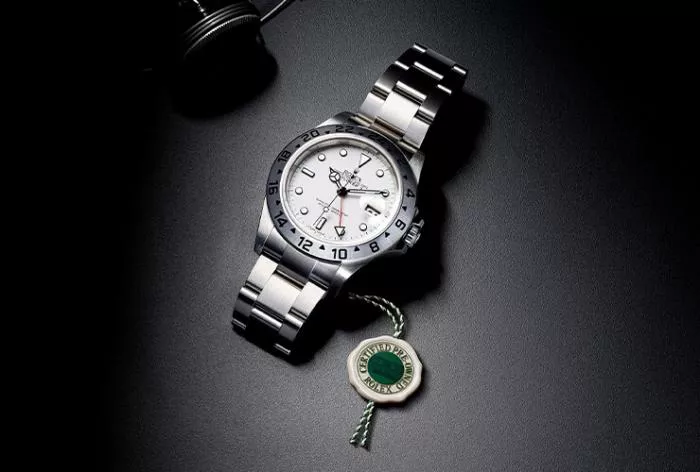In mid-April, Steven Rostovsky, a Los Angeles-based dealer specializing in rare and pre-owned watches, flew to Miami—not for business or leisure, but to escape the stress of looming tariffs. “I’ve been so stressed since Watches and Wonders and this whole tariffs situation,” Rostovsky told Robb Report. “I just needed a change of scenery.”
He isn’t alone. The watch industry was thrown into turmoil after former President Trump announced steep tariffs on Swiss goods in early April, right in the middle of Watches and Wonders Geneva. While the initial 31% levy was later reduced to 10% after a 90-day pause, dealers remain uncertain about the long-term effects.
A Temporary Advantage for Pre-Owned Market
Tim Stracke, founder of Chrono24, predicts that the pre-owned market will initially benefit from the tariffs but eventually face price pressures. “U.S.-based pre-owned inventory will enjoy a pricing edge at first,” he said. “But history shows that primary market price hikes eventually trickle down to pre-owned.”
Giovanni Prigigallo of EveryWatch analyzed global sales data and found a buying surge before the tariff pause took effect, followed by a sharp decline. “Everything points to a frenzy before the pause and a complete slowdown after,” he said.
Dealers Remain Divided on Long-Term Effects
Paul Altieri, CEO of Bob’s Watches, remains optimistic. “Uncertainty makes people pause, but Rolex and other luxury watches are still seen as stable assets,” he noted. “We’ve seen more customers asking smart questions about timing and value.”
Linden Lazarus of Oliver & Clarke believes demand will persist regardless of tariffs. “Nobody stops liking watches,” he said. “If brands raise prices, buyers will just shift to other markets.”
Secondary Market Adjustments Underway
Rostovsky expects secondary market prices to rise by about 5% over six months. “Tariffs apply to everything—even repairs,” he said. “Dealers will either charge more or pay sellers less, which could shift transactions to other markets.”
Prigigallo’s data reveals regional disparities, with Hong Kong and the UAE remaining stable due to favorable tax conditions. “High-ticket items are flowing to Hong Kong because buyers can avoid tariffs,” he explained.
As the industry braces for further developments, one thing is clear: the watch market is in flux, and dealers must adapt quickly to navigate the uncertainty.
Related topics:


